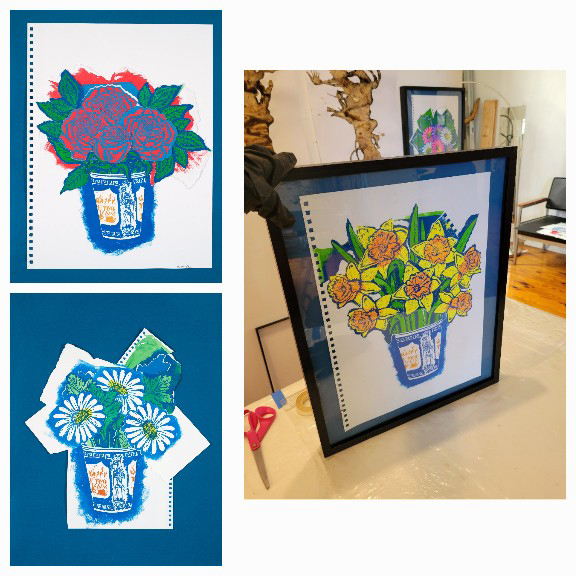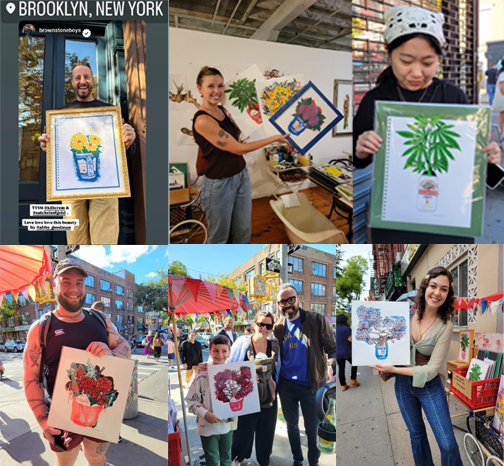We recently connected with Abby Goodman and have shared our conversation below.
Abby, looking forward to hearing all of your stories today. Are you happier as a creative? Do you sometimes think about what it would be like to just have a regular job? Can you talk to us about how you think through these emotions?
I began working as a freelance artist when I moved to New York, and have always been fortunate finding work in the creative field thanks to the tight community of artists here. The flexibility and freedom of this work lifestyle has always appealed to me, so I never gave much thought to having a regular 9-5 type of job, with the only exception of wishing I didn’t have to pay for health insurance out of pocket. I like knowing that when a job ends, I can have concentrated studio time to get lost in the process, working as long or late as I want without interruption. Being a freelancer also means having autonomy to take jobs that interest me, instead of having a set routine, and I have specifically chosen jobs where I can learn a new technique, or advance my artistic endeavors in some way. I have had an eclectic roster of professional work experiences, including metal sculpture fabrication, decorative painting, package prototyping, various teaching positions, Imagineer/ Theme Painter for Disney Hong Kong, and Retail Mall Design and Development in Dar Es Salaam, Tanzania. When I returned to New York after working for the year in East Africa, a friend recommended me for a contract position in the Design department at the Metropolitan Museum of Art, so I spent that next year in awe, enjoying privileged access to treasured works of art and antiquities. All of these experiences have enriched my life, and influenced my practice. Although there has been a lot of uncertainty in this path I chose, the personal and professional rewards have made for an interesting and fulfilling life journey.

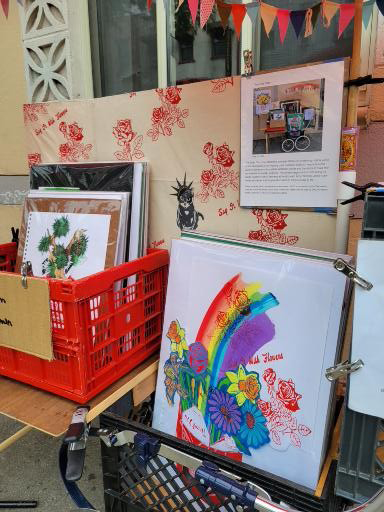
Abby, before we move on to more of these sorts of questions, can you take some time to bring our readers up to speed on you and what you do?
I have always been making things with my hands ever since I can remember. My mother was an artist, and used to live in New York City working as a design director for a big firm when she was a young woman. She did this at a time when women were not very welcome or respected in the industry, I was always inspired by her fortitude. She was an accomplished and driven person, who instilled the importance of self-sufficiency in me. It was important to her that my sister and I have an art education, and rich, cultural experiences, so we were always enrolled in some type of extracurricular art or music class, visiting museums, and traveling somewhere interesting. As I got older, dedication to my practice became my sole focus, and exploring opportunities that combine art and travel became an essential part of my creative agenda.
The inspiration for my current project began back in 2016, on the night Trump was elected into office for the first time. I was so shocked and needed to reset my brain, so I went into my studio and taped a big piece of paper to the wall. I grabbed a tube of florescent pink paint laying on the table next to me, and squeezed a thick line across the top of the paper. Then I pulled a 24″ squeegee down the entire sheet creating a solid block of brightly painted paper. This provided some relief from my current distress. When the paint dried, I began ripping up the sheet of paper into little pieces. This brought even more therapeutic release. I kept tearing the paper until there was nothing left to destroy, and then intuitively began to re-assemble the pieces into flowers. It felt very cathartic, and I continued this technique for that entire year, turning shredded paper into joyful, floral collages. The next few years proved equally unsettling and controversial due to successive volatile events, starting with #MeToo, Black Lives Matter, the pandemic, the war in Ukraine, the horror in the Middle East, accelerated global warming… I have been painting flowers for a long time .
During lockdown of the pandemic, I changed my technique by carving flowers into whatever substrates I had on hand, such as leather, to create more block print designs. When schools re-opened, I went to teach in person in Rhode Island. It was still the height of the pandemic, so I couldn’t go home to Brooklyn for weekends or holidays, and spent many hours walking alone in nature. The solitude was very healing. I had a lot of studio time, and used the local foliage as inspiration for new works. One day when I was feeling a little homesick, I ordered some comfort food, take out Chinese from the local spot. It came in the old school fold up paper containers that have now mostly been replaced with plastic, and I was filled with warm memories of having take out as a kid. I made a carving of the container, pulled some prints, and began assembling floral bouquets. This began the next evolution of my floral pieces. Paying homage to New York, I carved the iconic Anthora cup, since I was really missing Brooklyn. By this time in the pandemic, I lost representation with my two staple brick and mortar galleries, and one online. I was already disenchanted with the heavy reliance of online platforms as a means of exposure, believing art must be experienced in person to fully appreciate, so I needed to find a new way to get my work out into the world. I planned to revive a public project I began in 2011 selling art on the street from a sculptural display I built. This was made possible thanks to Robert Lederman, an artist and activist who fought to change the laws in New York City back in the 1960’s, making it legal to sell visual art, literature, and music on the street, protected as expressive matter under the first amendment. I finally returned home after teaching, and found an old style pram on the street one day when I was out riding my bike. It was exactly what I had envisioned for the cart, (the streets always provide). I brought it back to my studio, and slowly began building it out into a portable gallery display. I set some perimeters for the project to address my environmental concerns. The cart, created using found and repurposed materials, had to be 100% human propelled, or transported by public transportation, and had to be a self contained unit that expanded and folded up neatly, breaking down in manageable units for me to carry up and down the stairs of my apartment to street level. The art on display also speaks to sustainability through imagery and material. Another consideration for the project was marketability. This was the first time I would be representing myself and my work to the public, instead of being in a traditional gallery setting, so I was excited to learn more about the business of selling art from first hand experience. Most of my previous pieces are one of a kind works, comprised of found objects, sculptural elements and painting, so printmaking, was relatively new to me, and the ability to create multiples by hand was an exciting way to think about monetizing my work. For the first nine months, I was selling original works on paper, which was a harder sell for random foot traffic on the street, although I sold enough pieces to encourage me to continue. I started working with a printer in Long Island City to make giclee reproductions of a few popular designs, and was able to offer smaller sizes at a lower price point, which was more favorable for apartment walls. The prints started selling consistently, and also brought more attention to the originals. I started a marketing campaign on my instagram account, posting photos of new collectors with their purchased works, and pictures people sent me of newly framed pieces hung in their homes. These intimate exchanges made possible by the physical presence of myself and my work on the street, reinforced by a supportive, growing online community. The venture has been so rewarding since its inception. I have met a lot of new friends, people from the surrounding neighborhoods, industry connections, and art lovers. Initially the main purpose of the project was to sell artwork, however it has become much more of personal imperative championing the importance of art and culture in society, and in our daily lives.
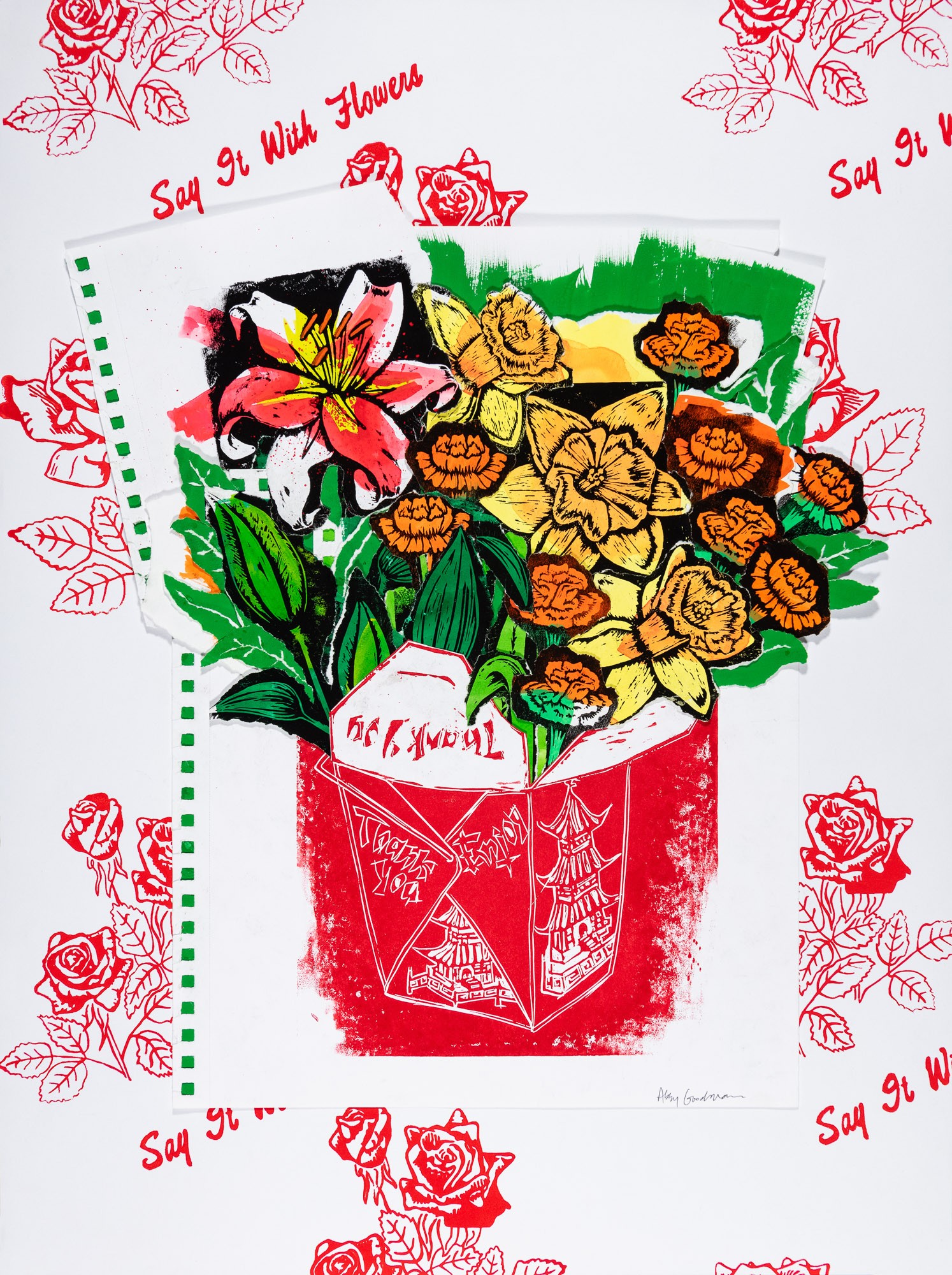

What’s the most rewarding aspect of being a creative in your experience?
It is a privilege to have the opportunity to share ideas through my work. Art is an innate, primeval form of communication that transcends economic, ethnic, and gender lines, reaching humans at a core, universal level.
When I travel and meet new people, the question “what do you do for a living” inevitably comes up. When I say I am an artist, I am met with curiosity and respect. I think being a professional artist represents the willingness to think differently and follow your dreams against all odds, and this is an inspiration to many people who have had their aspirations suppressed by society, especially in America, where consumer culture reigns and the arts are considered a less important part of a well rounded education. I am compelled towards this pursuit, and take the responsibility of my path seriously. I am honored when viewers connect with me and my work, and am reminded that the work is important in a larger context that exists outside myself and my studio walls.

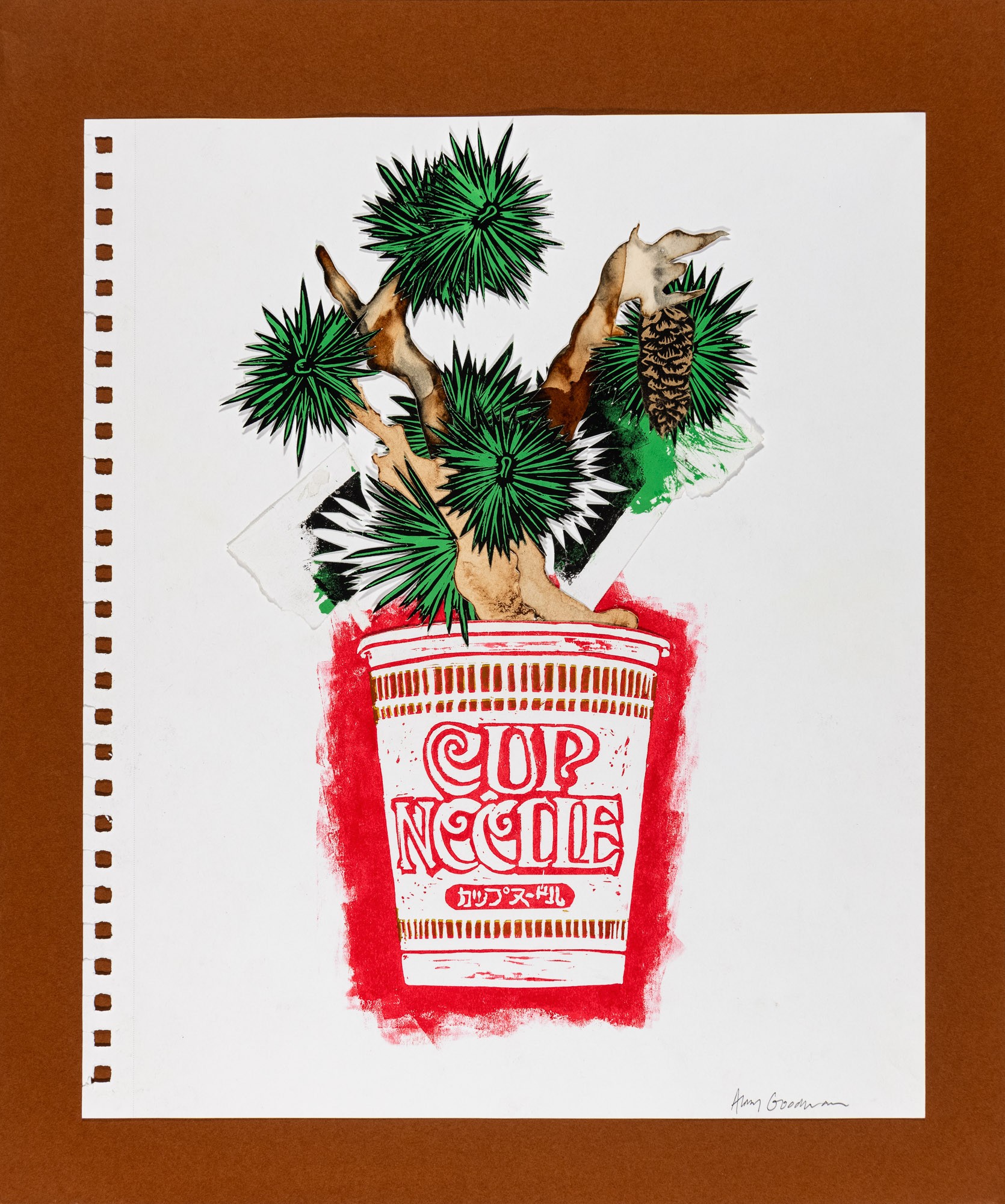
In your view, what can society to do to best support artists, creatives and a thriving creative ecosystem?
I think there need to be more opportunities, subsidies and protections in place for artists to feel safe pursuing their practice.
Art is so much more than learning how to paint, write literature, and play a musical instrument. It increases the ability for creative problem solving, conceptual thought, and alternative methods of communication. Funding for the arts is rapidly decreasing, sending the message that art is non-essential, and only available for a select few, limiting exposure to those who actively seek it out instead of being taught as a crucial part of the educational curriculum. There is also the myth of the starving artist, which I hope will one day be debunked, so that younger generations will consider the limitless opportunities available to professionals in creative fields. I would also like to address the need for creators to feel protected in the authorship of their intellectual property. While the internet has made it possible for artists to reach audiences around the world, the increasing popularity of creative tools like AI have made many artists increasingly more apprehensive to share their works for fear of theft and copyright infringement.
Contact Info:
- Website: https://www.abbygoodman.com
- Instagram: @abby_goodman
- Linkedin: https://www.linkedin.com/in/abbygoodmanart/
